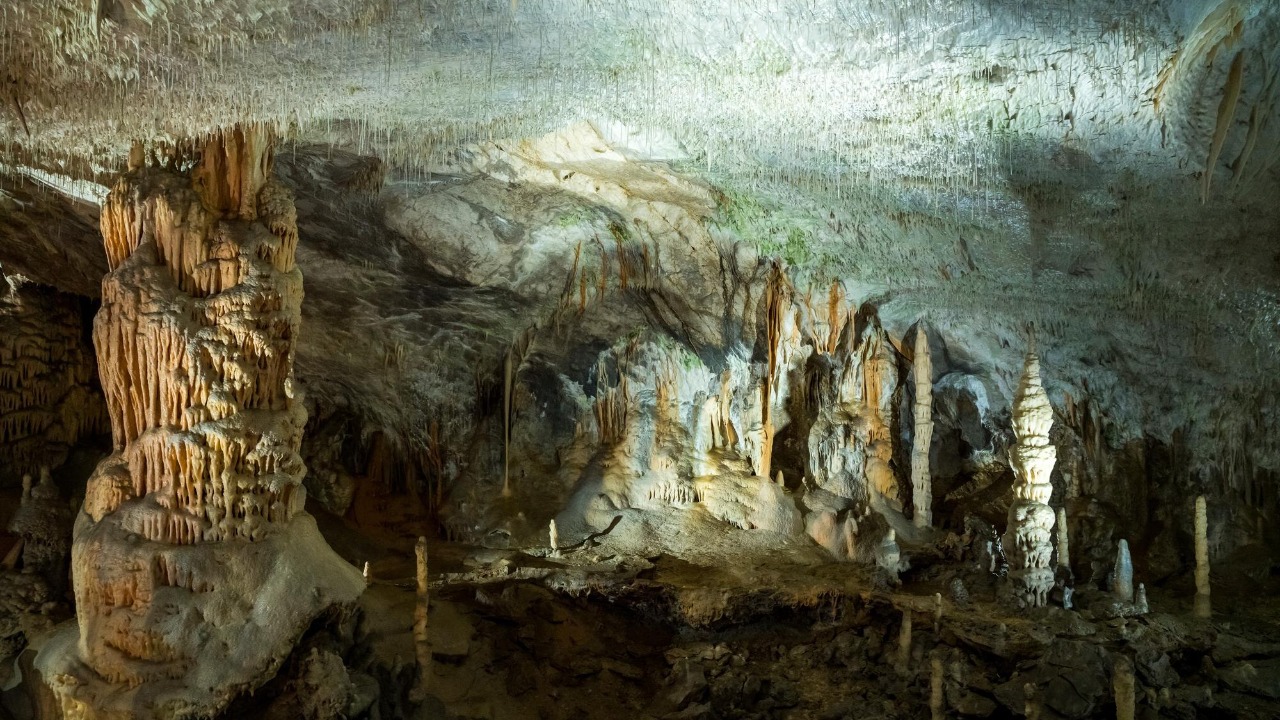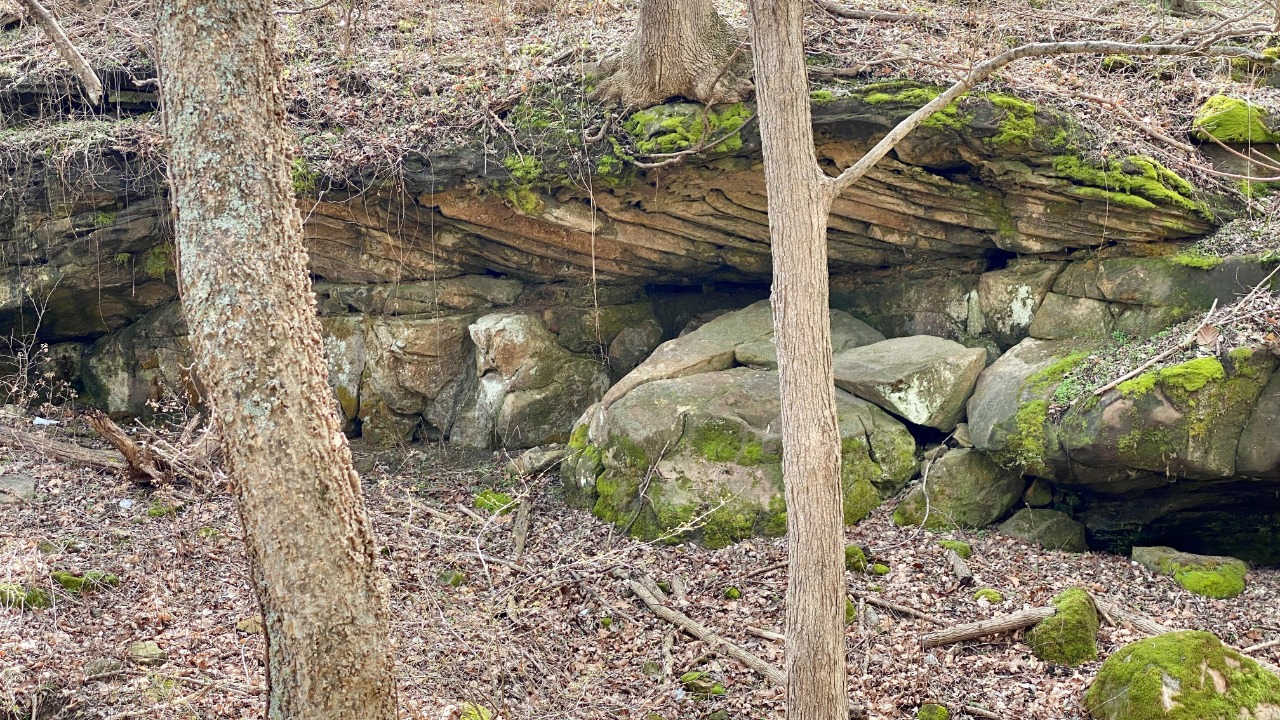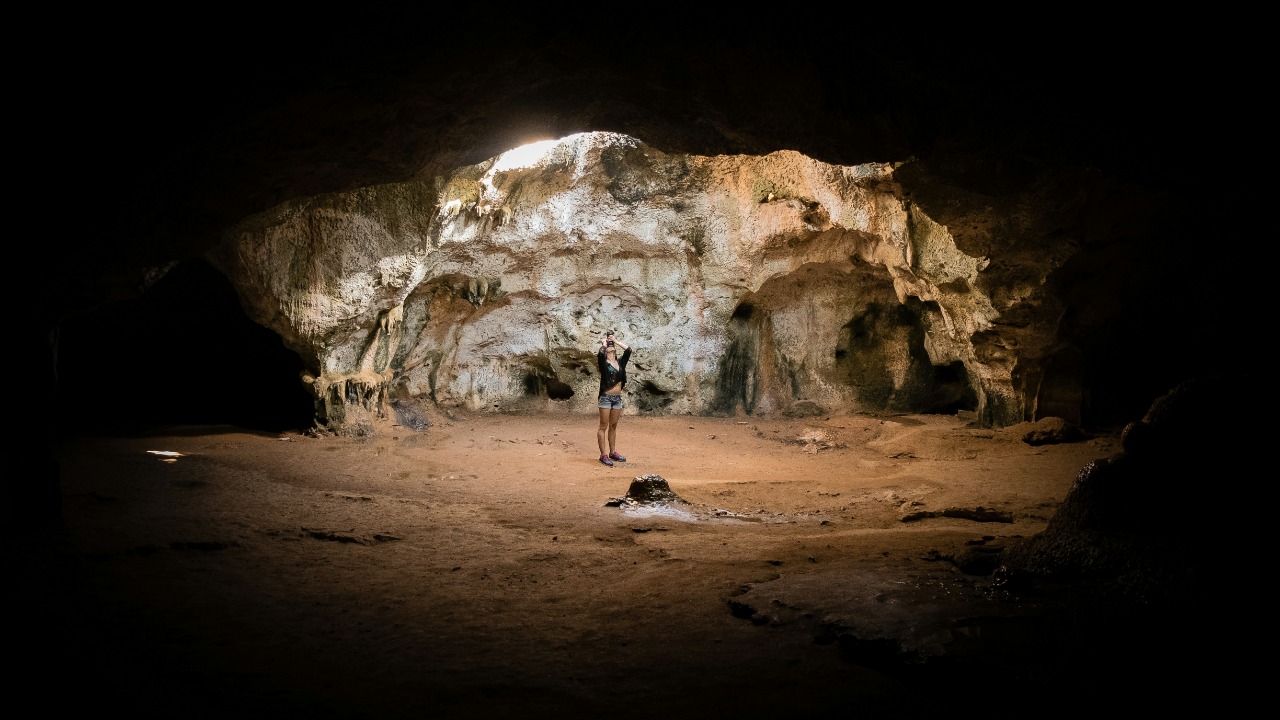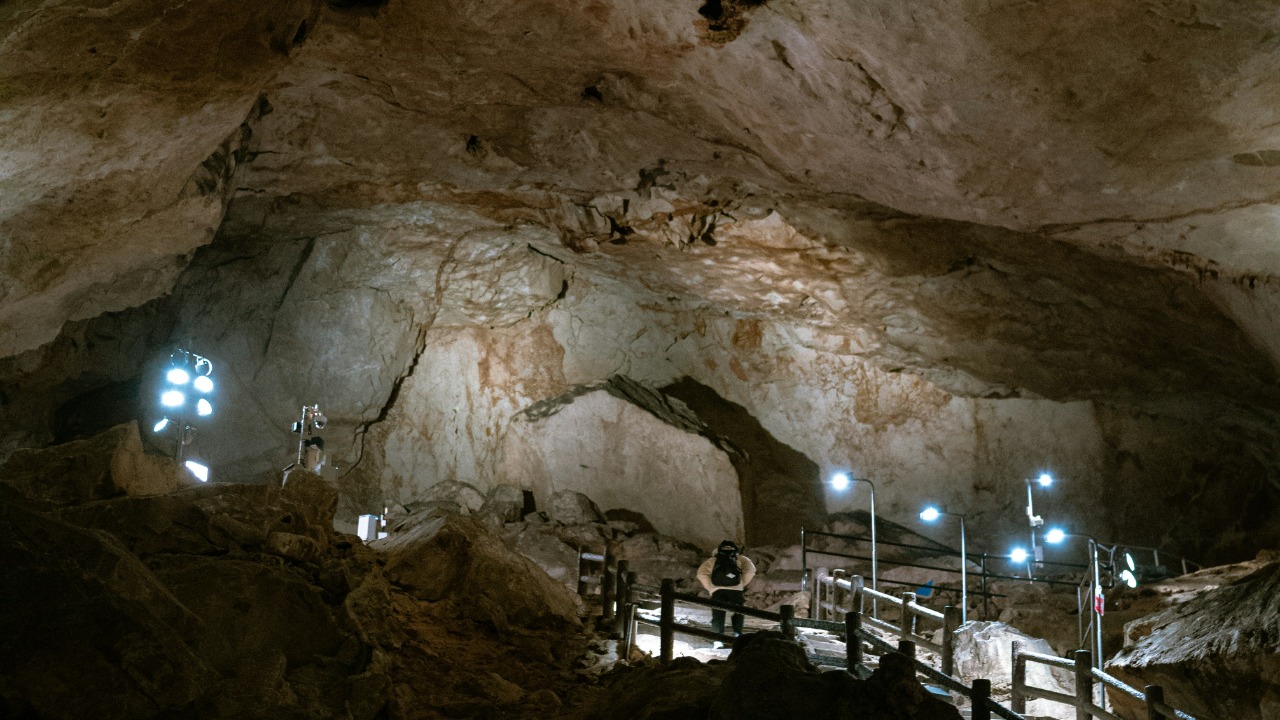
The allure of underground worlds has captivated the human imagination for ages, inspiring numerous myths, legends, and exploration theories. Delving into recent discoveries, we uncover hints that suggest the potential existence of these lost subterranean realms and the intriguing theories they incite.
Tracing the Origins of Subterranean Legends

Underground worlds hold a significant place in mythology and cultural narratives around the globe. They often represent the unknown or the forbidden, acting as settings for epic tales and adventures. For example, the Greeks believed in a vast underworld ruled by Hades, while in Norse mythology, Svartalfheim, the realm of the dark elves, was situated beneath the Earth’s surface. These stories may have been inspired by actual underground phenomena, such as caves and sinkholes, which ancient civilizations might have found mystifying and frightening.
Literature, too, is abundant with references to subterranean realms. From Dante’s “Inferno” to Jules Verne’s “Journey to the Center of the Earth”, authors have explored the concept of hidden worlds beneath the surface of our planet, stimulating the human imagination and curiosity about what lies beneath us. To delve deeper into the origins of these legends, you might find this study on the cultural significance of subterranean myths enlightening.
Modern Discoveries of Underground Structures and Landscapes

While myths and legends are products of human imagination, there are indeed vast landscapes and structures hidden beneath the Earth’s surface. For instance, the discovery of the Mammoth Cave system in Kentucky, USA, and the underground river in Palawan, Philippines, are testament to the Earth’s astounding subterranean wonders. These natural formations, created over millions of years, offer a glimpse into the expansive world that exists beneath our feet.
Archaeological exploration has also unveiled ancient underground cities and settlements, such as Derinkuyu in Turkey and the Catacombs of Rome. These sites reveal how our ancestors exploited subterranean spaces for survival, security, and religious practices. The existence of such complex structures beneath the Earth’s surface piques our curiosity and fuels theories about undiscovered subterranean worlds.
Scientific Clues to Unexplored Underground Worlds

Geological evidence suggests that vast regions of the subterranean world remain unexplored. For instance, the Earth’s crust is riddled with countless caves, tunnels, and fissures that have not yet been mapped or studied. Advances in exploration technology, such as ground-penetrating radar and remote sensing, are aiding researchers in revealing these hidden realms. A deeper understanding of these geological features could shed light on the Earth’s history, its geological processes, and the potential for life in extreme environments. This research article provides more insight into the scientific clues to unexplored underground worlds.
Wild Exploration Theories Sparked by Recent Discoveries

Recent discoveries of underground worlds have led to a resurgence of the Hollow Earth theory, which posits that our planet is hollow and habitable within. This theory, previously dismissed as pseudoscience, has found new life in popular culture, inspiring novels, films, and even video games. It’s a fascinating example of how scientific discoveries can reignite old theories and stimulate the human imagination.
Moreover, theories about undiscovered human or non-human civilizations living underground have also gained traction. Although these ideas often belong to the realm of conspiracy theories, they nevertheless reflect our enduring fascination with the unknown. One such theory, as detailed in this Hindustan Times article, even suggests that a forgotten 19th-century book might hold clues to a hidden underground civilization.
The Fascination with the Unknown: Psychology Behind the Exploration Theories

The human psyche is intrigued by mystery and the unknown. This inherent curiosity drives us to explore and understand the world around us, including the world beneath our feet. The possibility of unexplored subterranean worlds introduces an element of the unknown that captivates our imagination and fuels our desire for discovery.
Conspiracy theories and fringe ideas about the existence of hidden worlds also appeal to our psychological need for novelty and excitement. They challenge our understanding of reality and invite us to question accepted truths. Even though these theories are often unsupported by empirical evidence, their allure lies in their ability to provoke thought and spark debate.
The Future of Underground Exploration

The future of underground exploration is promising. As technology advances and our understanding of the Earth’s subsurface improves, we are likely to uncover more of the hidden world beneath us. These explorations could revolutionize our knowledge of Earth’s history and geology, shedding light on the processes that have shaped our planet.
Moreover, the potential discovery of unknown ecosystems and life forms in the subterranean realm could have profound implications for our understanding of life’s adaptability and resilience. As we continue to probe the depths of our planet, we can expect an exciting journey of discovery that will undoubtedly spawn more theories and captivate our collective imagination.